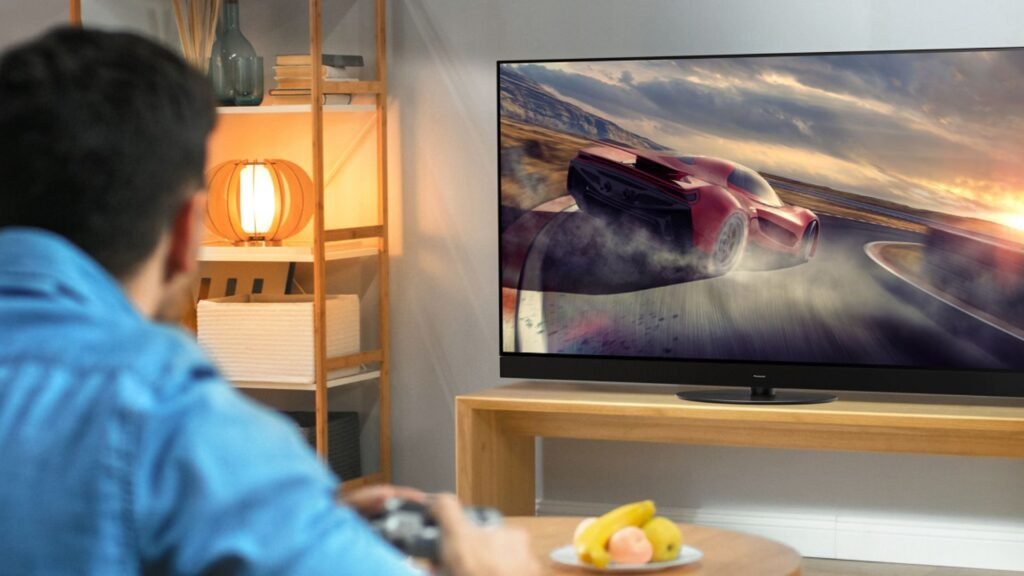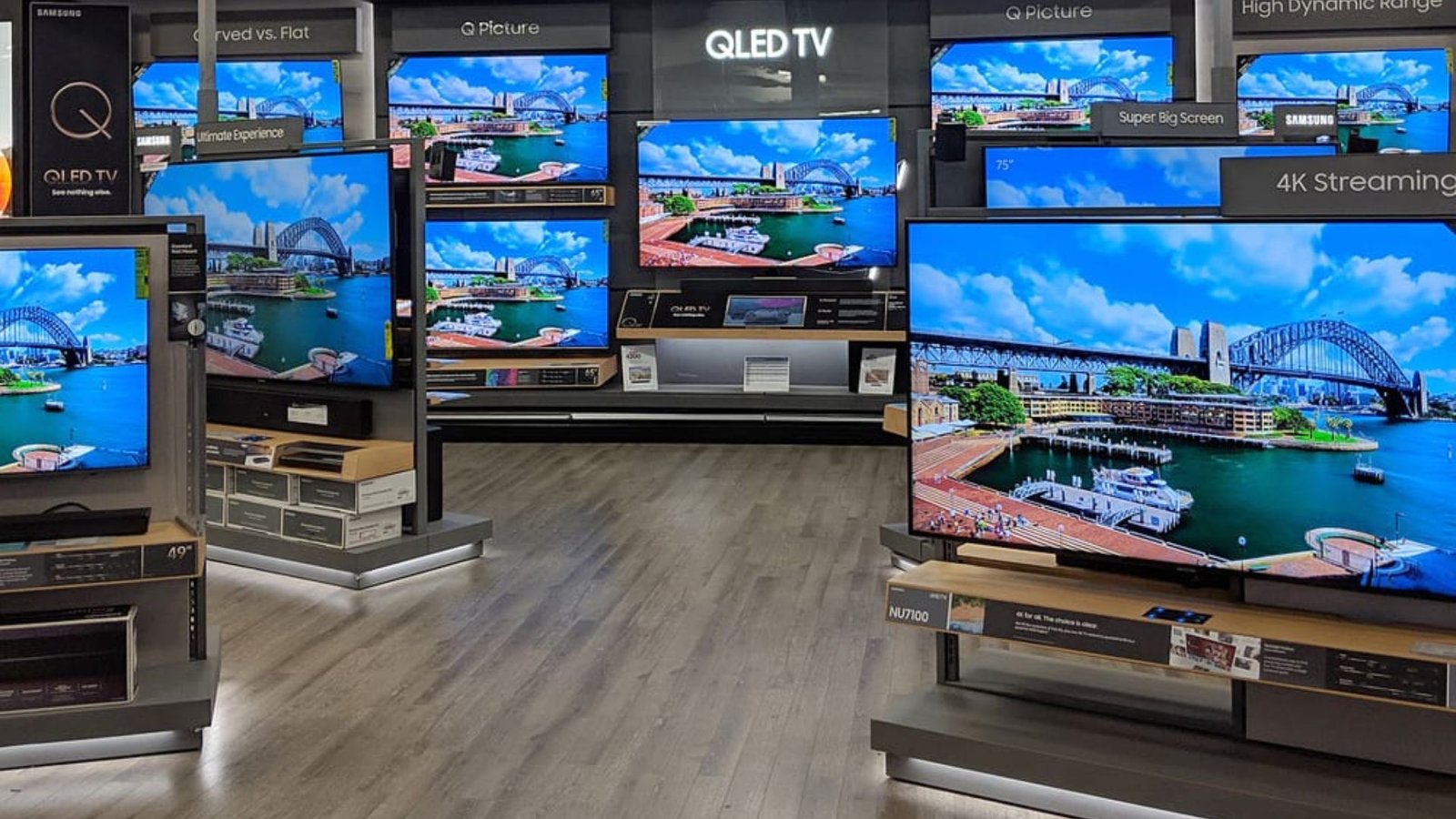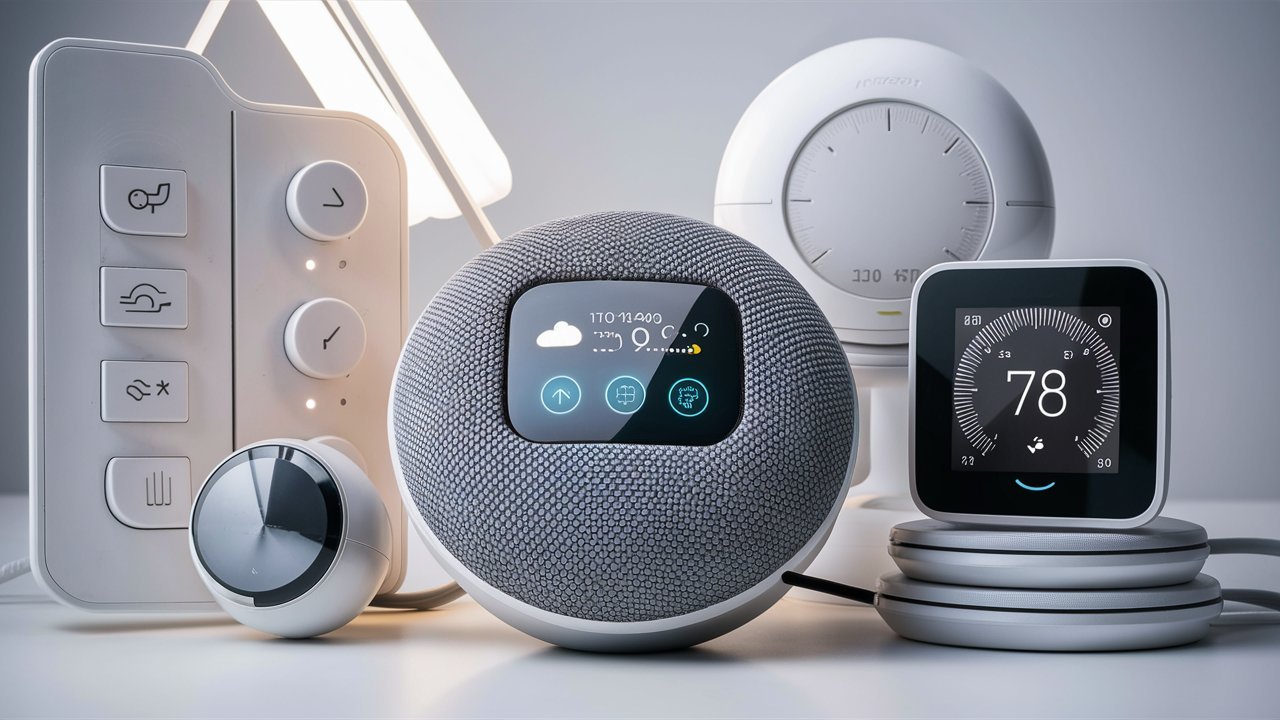Buying a new TV is an exciting investment, but it requires careful consideration to ensure you get the best value for your money. With so many options available, understanding what to look for can make the decision-making process easier. This guide explores the key factors to consider before making your purchase.

Why Does Screen Size Matter?
The size of your TV screen plays a significant role in your viewing experience. To choose the right size:
- Measure your space: Ensure the TV fits your room without overwhelming the space.
- Consider viewing distance: For a comfortable experience, the distance between the TV and your seating should be about 1.5 to 2.5 times the screen size.
For example, a 55-inch TV works well for most living rooms, but larger spaces might benefit from a 65-inch or even 75-inch model.
What Resolution Should You Choose?
TV resolution determines the picture quality. The most common options include:
- HD (720p): Suitable for smaller TVs or secondary rooms like kitchens.
- Full HD (1080p): A good balance of quality and affordability.
- 4K Ultra HD: Offers stunning visuals with four times the resolution of Full HD.
- 8K: Cutting-edge resolution, though content availability is currently limited.
For most buyers, a 4K TV is the best option due to its widespread content support and excellent picture quality.
Is Smart Functionality Essential?
Modern TVs often come with smart features that allow you to stream content, browse the internet, and use apps directly on the TV. When considering smart functionality:
- Look for TVs with built-in streaming platforms like Netflix, Hulu, or Disney+.
- Check for compatibility with voice assistants like Alexa or Google Assistant.
- Ensure the TV’s operating system is user-friendly and regularly updated.
Smart TVs are convenient, but if you already own a streaming device, this feature might not be a priority.
How Important is Display Technology?
The type of display technology affects the overall picture quality, brightness, and color accuracy. Common options include:
- LED/LCD: Affordable and energy-efficient but may lack deeper blacks.
- OLED: Offers superior contrast and true blacks but comes at a higher price.
- QLED: Combines LED with quantum dot technology for vibrant colors and higher brightness.
Choose based on your budget and the type of content you watch. OLED TVs are ideal for movie lovers, while QLED works well in bright rooms.
What About HDR Compatibility?
High Dynamic Range (HDR) enhances the TV’s contrast and color range, making images more lifelike. Popular HDR formats include:
- HDR10: The most widely supported standard.
- Dolby Vision: Offers better performance but is available on fewer TVs.
- HLG: Designed for broadcast content.
For the best experience, opt for a TV that supports multiple HDR formats.
Why Should You Check the Refresh Rate?
The refresh rate, measured in hertz (Hz), indicates how many times the screen refreshes per second. A higher refresh rate reduces motion blur, especially in fast-paced scenes.
- 60Hz: Standard for most TVs.
- 120Hz: Better for sports, gaming, and action movies.
If you’re a gamer, a TV with a higher refresh rate and low input lag is essential for a smooth experience.
Does Audio Quality Matter?
While most modern TVs focus on slim designs, this often compromises sound quality. To enhance audio:
- Look for TVs with Dolby Atmos support for immersive sound.
- Consider external options like soundbars or home theater systems.
What Connectivity Options Should You Look For?
Ensure the TV has sufficient ports and connectivity options to support your devices. Key features include:
- HDMI ports: At least three for gaming consoles, streaming devices, and Blu-ray players.
- USB ports: For media playback and charging.
- Wi-Fi and Ethernet: For internet connectivity.
- Bluetooth: For pairing with headphones or speakers.
How Does the Brand and Warranty Impact Your Choice?
Reputable brands often provide better build quality, customer support, and software updates. Check for:
- Warranty: Look for at least a one-year manufacturer warranty.
- Customer reviews: Read user feedback for insights into durability and performance.
Is Your Budget Realistic?
Finally, set a budget that aligns with your needs. Remember to factor in additional costs for accessories like mounts, sound systems, or streaming devices.
Final Thoughts
Buying a new TV requires balancing your needs, preferences, and budget. By focusing on the factors outlined above, you can find a TV that offers excellent performance and value for years to come.











